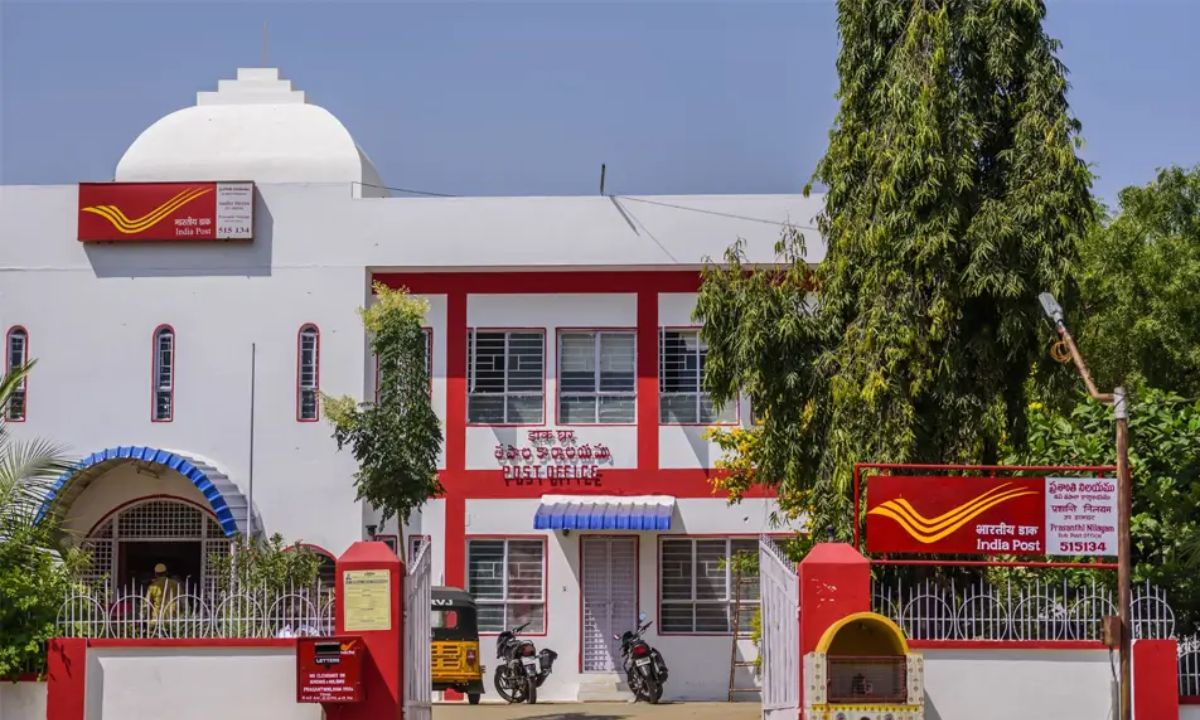When it comes to safe and secure investment options in India, Post Office Schemes and Bank Fixed Deposits (FDs) are the most trusted choices. But if you have ₹10 lakh to invest, you must be wondering – which one gives better returns?
Let’s compare both options in simple words and help you decide the best place to invest your hard-earned money.
What is a Post Office Scheme?
The Post Office offers many small savings schemes that are backed by the Government of India. Some popular ones include:
- Post Office Time Deposit (TD)
- National Savings Certificate (NSC)
- Monthly Income Scheme (MIS)
- Senior Citizen Savings Scheme (SCSS)
These are considered low-risk investments and are ideal for people who want safety with decent returns.
What is a Fixed Deposit (FD)?
FD is a popular investment offered by banks and NBFCs. You deposit a fixed amount for a certain period (say 1 year, 3 years, or 5 years), and the bank gives you interest on that. After the maturity period, you get your principal plus interest.
Comparison Table: ₹10 Lakh Investment for 5 Years
| Investment Option | Interest Rate (Annual) | Maturity Amount (Approx) | Total Interest Earned |
| Post Office Time Deposit | 7.5% (5-Year TD) | ₹14,38,000 | ₹4,38,000 |
| National Savings Certificate | 7.7% | ₹14,48,000 | ₹4,48,000 |
| Bank FD (Private Bank) | 7.25% | ₹14,19,000 | ₹4,19,000 |
| Bank FD (Public Bank) | 6.75% | ₹13,89,000 | ₹3,89,000 |
(Note: Interest rates are as of June 2025 and may change over time. These are approximate values for comparison.)
Post Office Schemes – Key Highlights
- Government Guaranteed – Safe for risk-averse investors.
- Higher Rates Than Most Banks – Especially NSC and Time Deposit.
- No TDS (Tax Deducted at Source) – In some schemes.
- Fixed Tenure – You cannot withdraw early without penalties.
Fixed Deposits – Key Highlights
- Flexible Tenure – From 7 days to 10 years.
- Available in All Banks – Easy to open and manage.
- Tax-Saving FD – 5-Year FD gives tax benefit under Section 80C.
- TDS Deduction – If interest exceeds ₹40,000 (₹50,000 for senior citizens).
Tax Impact
- Post Office NSC interest is taxable, but the initial investment qualifies for 80C deduction.
- Bank FDs are also taxable, and TDS is cut if interest crosses ₹40,000 per year.
- In both cases, the real return may be lower after tax.
Which One Should You Choose?
It depends on your goals, tax bracket, and comfort level with investment.
Choose Post Office if:
- You want government-backed safety
- You are looking for higher interest than regular bank FDs
- You don’t need frequent access to funds
Choose FD if:
- You want more flexibility in withdrawal and tenure
- You prefer digital banking and easy account management
- You want to split investment across multiple banks/NBFCs
Final Thoughts
If your priority is highest returns on ₹10 lakh investment with safety, Post Office schemes like NSC or 5-Year Time Deposit offer better returns than most bank FDs.
But if you want more flexibility or shorter tenure, a bank FD (especially in private banks offering higher rates) might suit you better.

